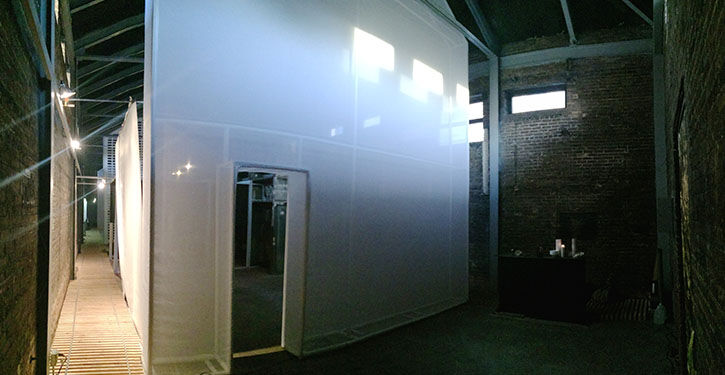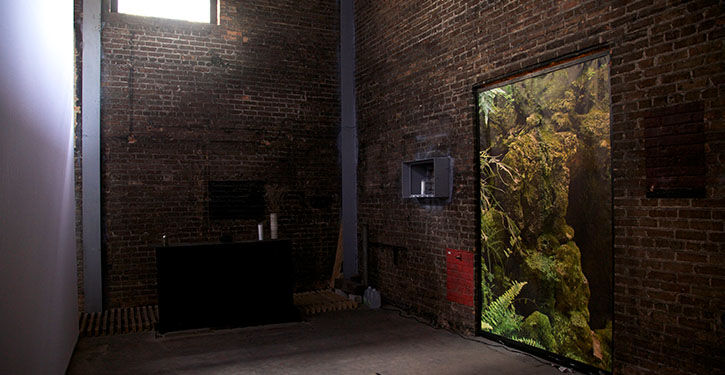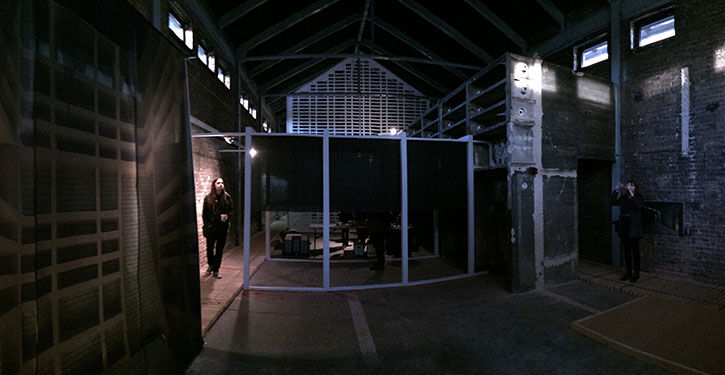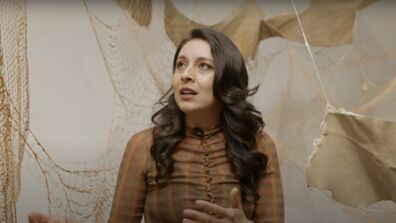
Back of the House (2014-2015)

The Department of Architecture, Interior Architecture, and Designed Objects at SAIC has always existed within networks of exchange and situated outside design, architecture, and art practice to interject disciplinary thinking into outer realms. Through a year-long interaction and partnership with Chicago based artist and developer Theaster Gates, the studio which eventually became known as Back of the House, became a breeding ground for non-conventional approaches to being and making in Chicago.
The simplest question of how to plan a class like this became the most difficult to answer because pedagogy had to reflect the nuances of Theaster's multi-valent practice and its two most important aspects: Creative Dependence and Perpetual Performance.

It’s difficult to design a pedagogy through a philosophy of complex art practices such as Theaster’s whose work exists in communities that face systemic racism, poverty, violence, and lack of access to social services. Pedagogy is not philosophy. If at all else, it is philosophy put into practice via academic and social exchange. Learning from Theaster’s creatively dependent perpetually performing machine meant embracing the complexity of the audiences for ones work without being sympathetic. His practice calls for a new empathy through art, design, and architecture that includes his audience and community in its image. Without this new empathy, the machine ceases to productively produce. That is a warning for creating a pedagogy of action that engages difficult contexts for the production of art.
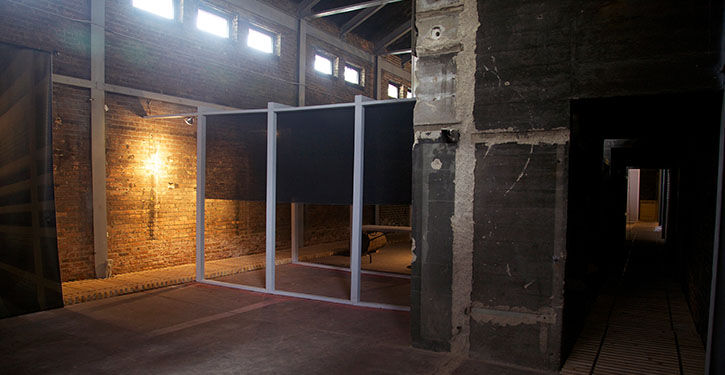
Back of the House Studio learned constantly and was reminded of its own shortcomings, but that was humbling. Hardwiring a space for being humbled, designing for an uncertain future, and empathizing with one's audience were the three guiding factors in creating an approach for the class. Observing, mimicking, and ultimately simulating Theaster’s aesthetic and productive tendencies became a central exercise in the context of the class. Through the investigation of nuance and idiosyncrasy, Back of the House Studio was able to produce its own work through the practice of Theaster Gates, without ultimately copying.
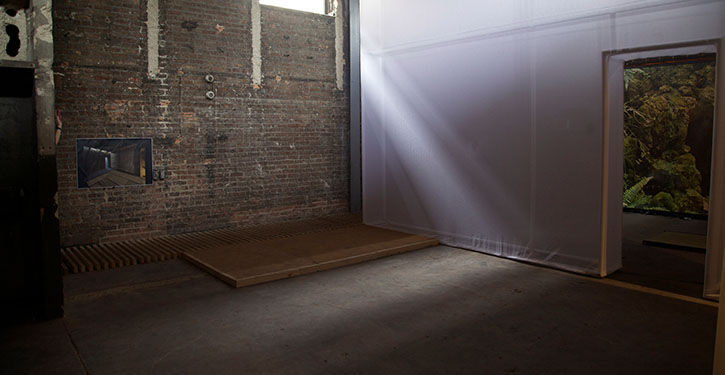
Our final project attempted both a representation of our architectural design endeavors in the form of an exhibition, as well as a simulation of their real effects in the shape of an installation, to bring audiences into Theaster’s Monastery where they could empathize with our design. The resultant project was a simulacra and pushed against/with the practice we were learning from. The objects, canopies, walkways, walls, seats, lights, and sounds constituted an architecture, however minute, that expressed a year of learning to creatively depend on one another and to perform a perpetual ritual of self-expression meant to illuminate our work together. This fact is our triumph and our work is a by-product of our exchange with each other and Theaster.
